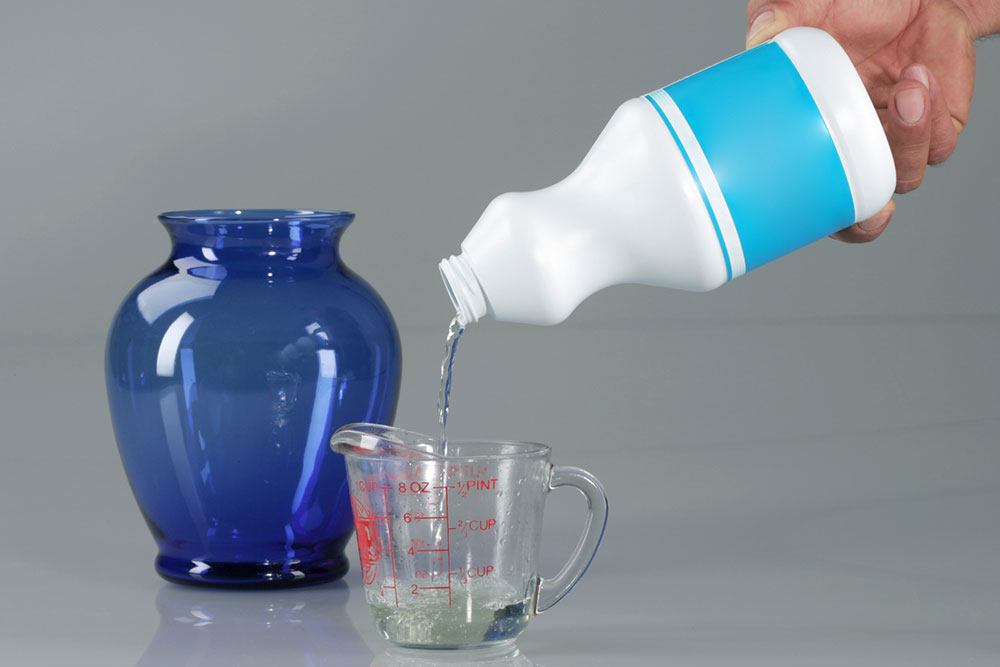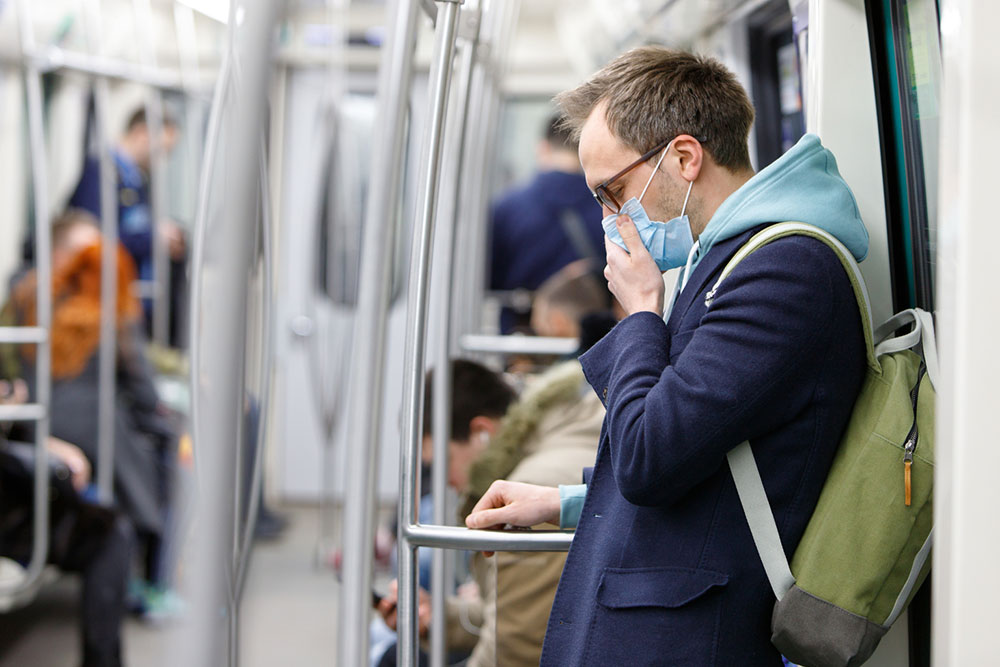Heartburn – Early warning signs, causes, and more
Heartburn occurs when stomach acid backs up into the esophagus, a tube that carries food from one’s mouth to one’s stomach. While occasional heartburn is regular, persistent or severe symptoms could point to a more serious condition called gastroesophageal reflux disease (GERD). Recognizing the early warning signs of heartburn is essential for timely intervention and improved quality of life. Here are the top eight common signs of heartburn and its causes and home remedies. Early warning signs of heartburn Burning sensation The backflow of acid from the stomach can irritate the delicate lining of the esophagus, giving a burning sensation in the throat and chest. This sensation is often described as a fiery or hot feeling and can range in intensity from mild to severe. Acidic taste Heartburn is usually accompanied by regurgitation. Here, the acid and partially digested food rise into the back of the throat or mouth, causing a sour or acidic taste. Difficulty swallowing Heartburn can lead to tightness or discomfort in the throat, making it difficult to swallow. This symptom can occur if the esophagus becomes inflamed or narrowed due to repeated acid exposure. Chest pain Heartburn can sometimes mimic the symptoms of a heart attack.
Read More 









